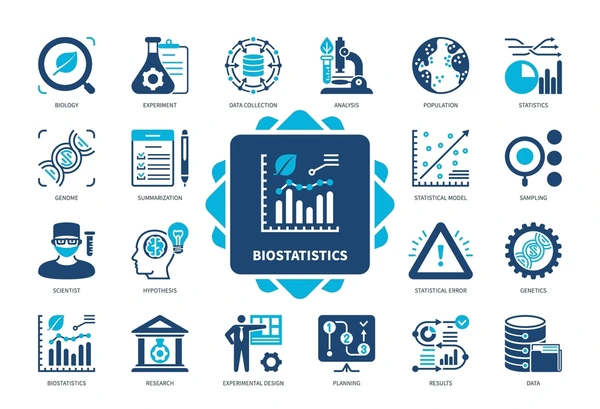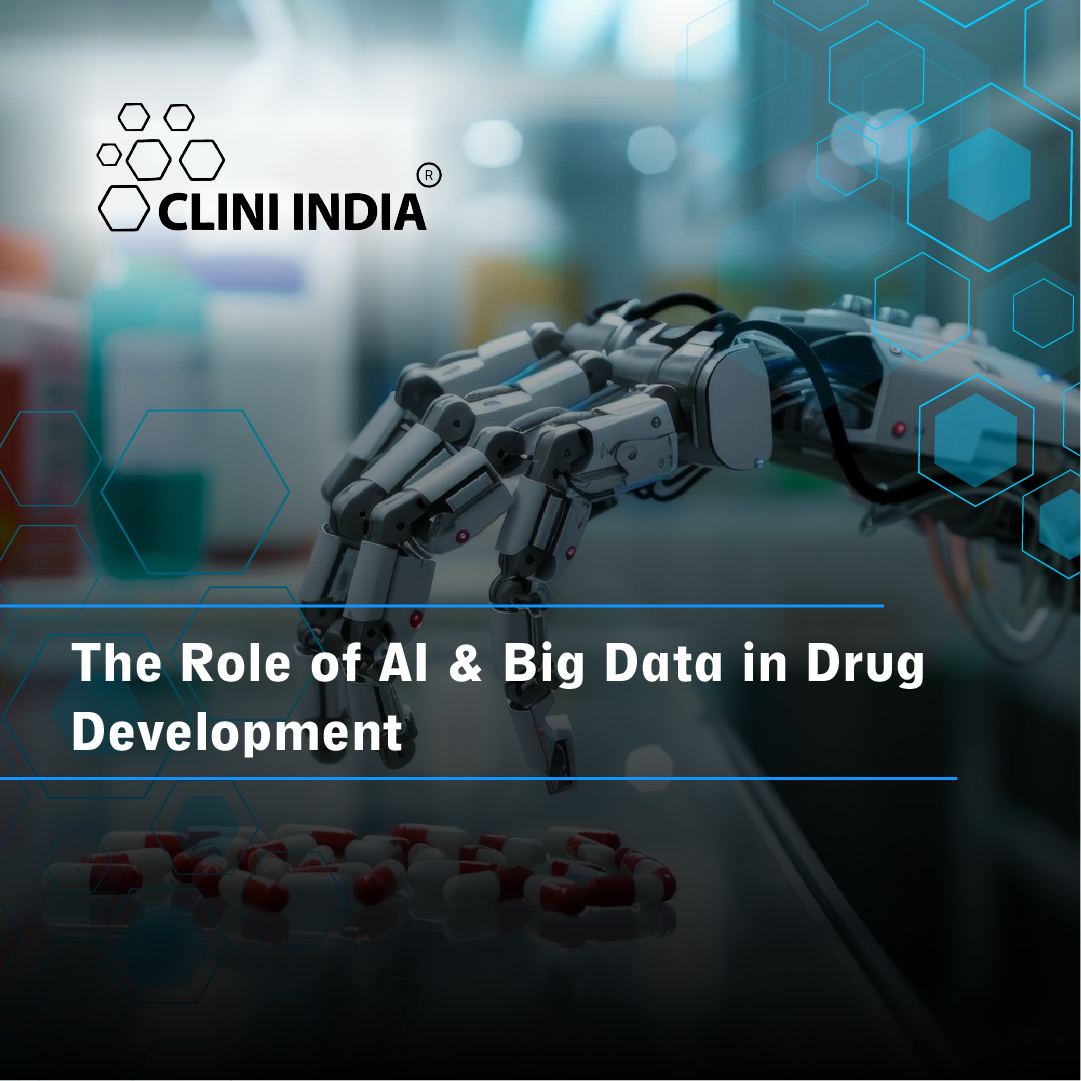
Biostatistics: The Backbone of Clinical Trials
Biostatistics plays a pivotal role in the realm of clinical trials, serving as the cornerstone for data analysis and interpretation. It provides the framework and tools necessary to ensure that clinical research is conducted with precision, validity, and reliability. Without biostatistics, the field of clinical research would lack the scientific rigor required to develop and validate treatments that improve patient outcomes.
The Role of Biostatistics in Clinical Trials
Clinical trials are designed to test the efficacy and safety of new drugs, devices, or treatment methods. Biostatistics underpins every stage of the process, including:
- Study Design: Biostatisticians determine the most appropriate design for the trial, such as randomized controlled trials (RCTs), cohort studies, or case-control studies. They help establish the sample size required to detect meaningful differences or outcomes.
- Randomization and Blinding: Proper randomization minimizes bias, while blinding ensures that neither the participants nor the researchers influence the outcomes.
- Data Collection and Management: Biostatisticians develop strategies to ensure accurate, consistent, and complete data collection, crucial for robust analysis.
- Statistical Analysis: Sophisticated statistical methods are applied to analyze the data, test hypotheses, and draw valid conclusions about treatment efficacy and safety.
- Interpreting Results: Biostatisticians help translate raw data into meaningful insights that guide clinical and regulatory decisions.
Key Contributions of Biostatistics
- Ensuring Validity: Statistical methods validate whether observed effects are due to the intervention and not by chance.
- Assessing Safety: Biostatistics helps detect adverse events and ensures that treatments are safe for patients.
- Supporting Regulatory Approvals: Regulatory bodies like the FDA or EMA rely heavily on statistical evidence to approve new therapies.
- Optimizing Resource Use: Efficient study designs reduce costs, time, and participant burden while maintaining scientific rigor.
Challenges in Biostatistics
Despite its importance, biostatistics faces challenges in clinical trials:
- Complex Data: Modern trials generate large, complex datasets that require advanced statistical methods.
- Ethical Concerns: Balancing statistical requirements with ethical considerations, such as participant safety, is critical.
- Dynamic Regulations: Keeping up with evolving regulatory standards demands continuous learning and adaptation.


























































